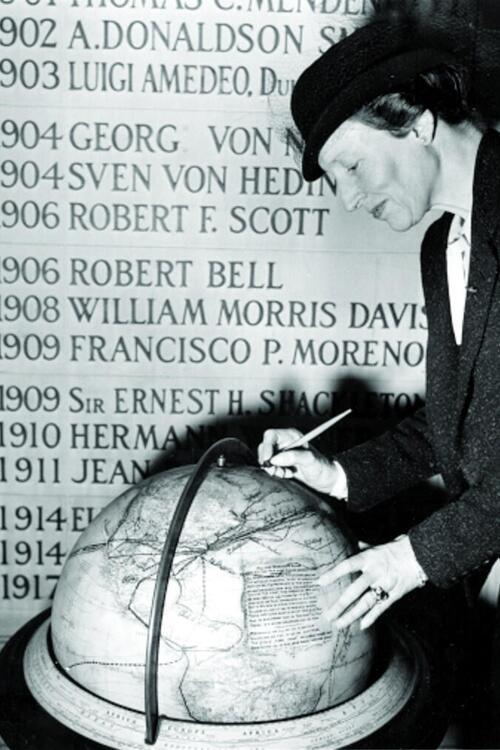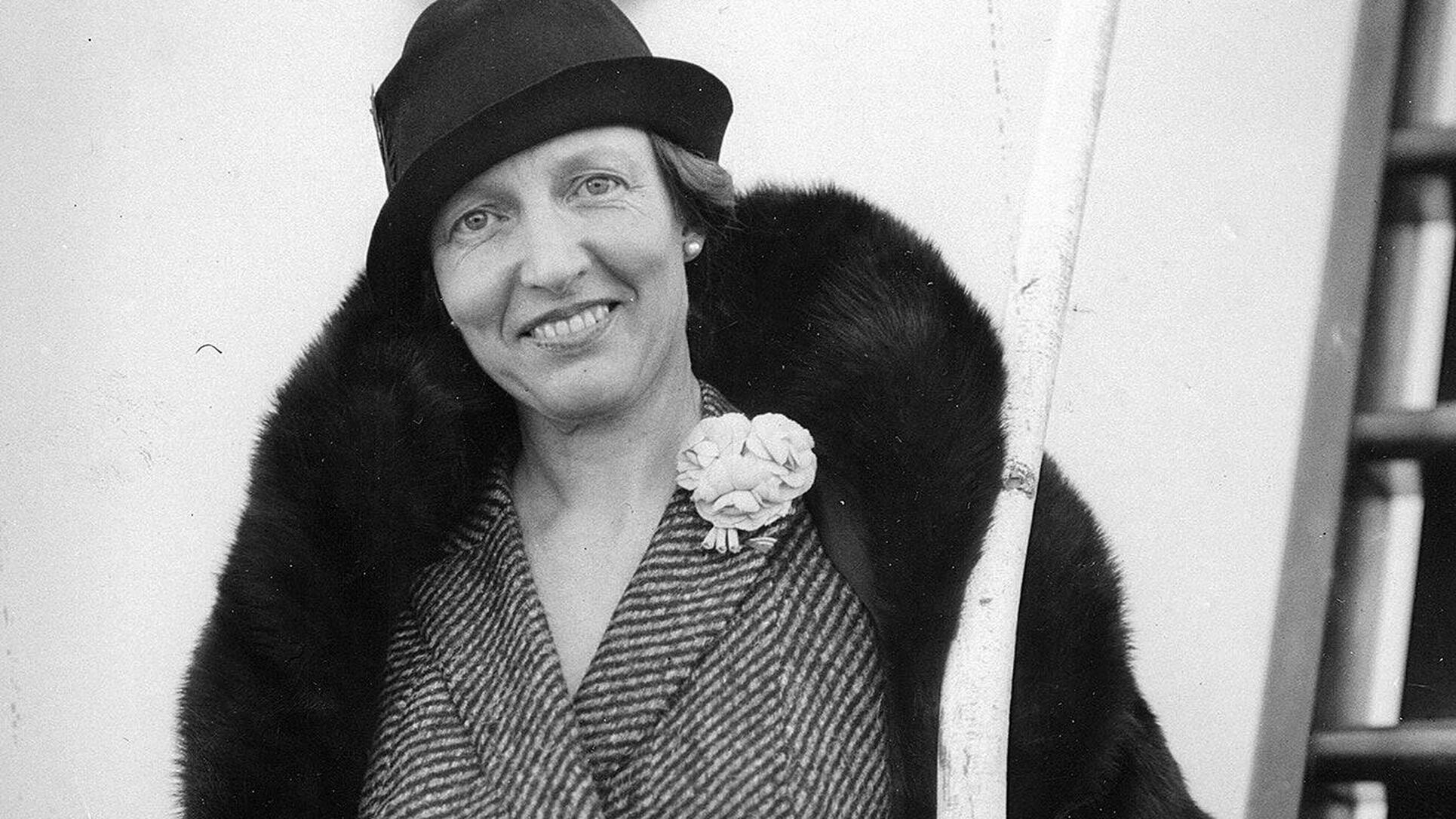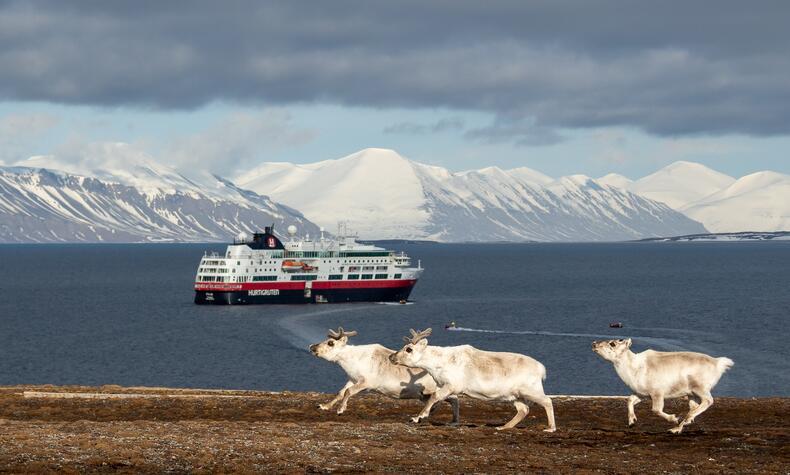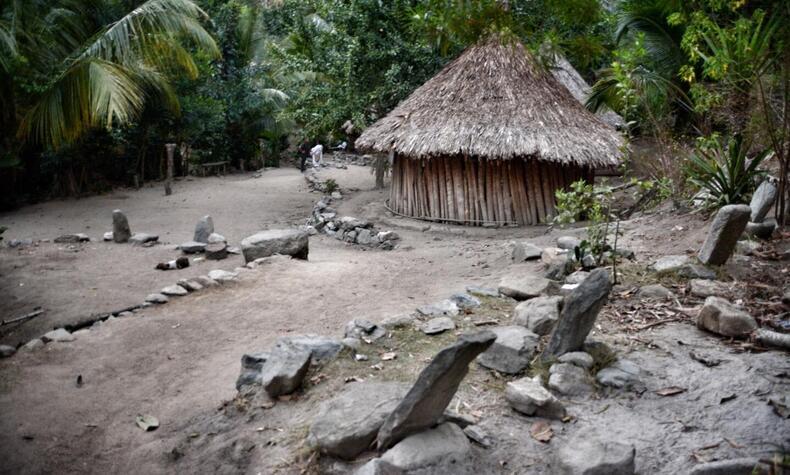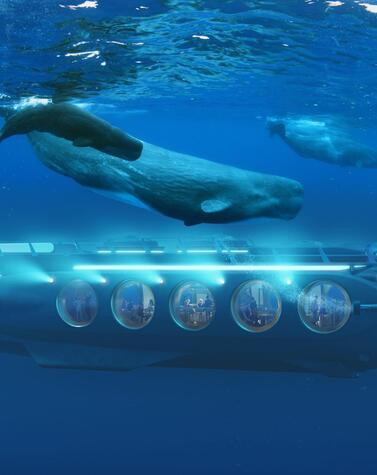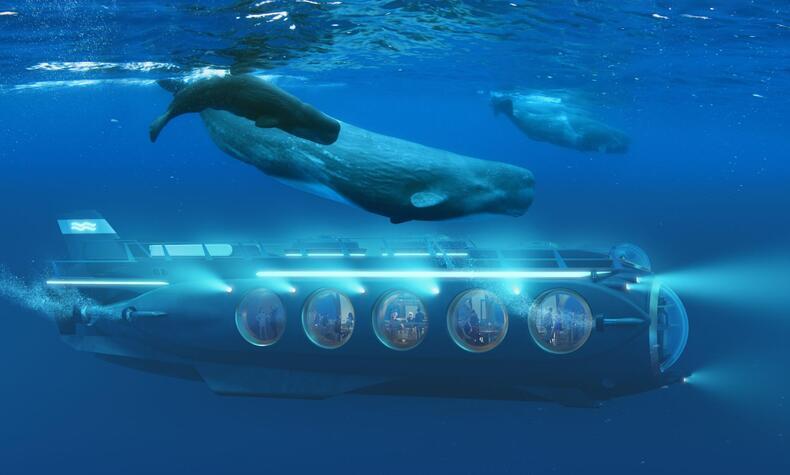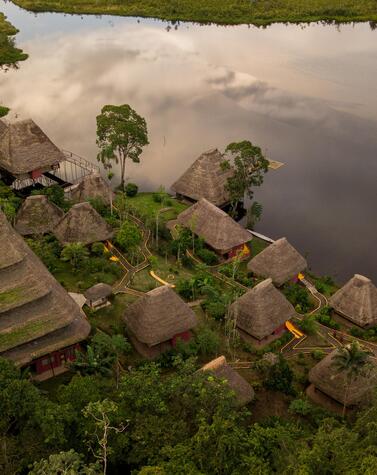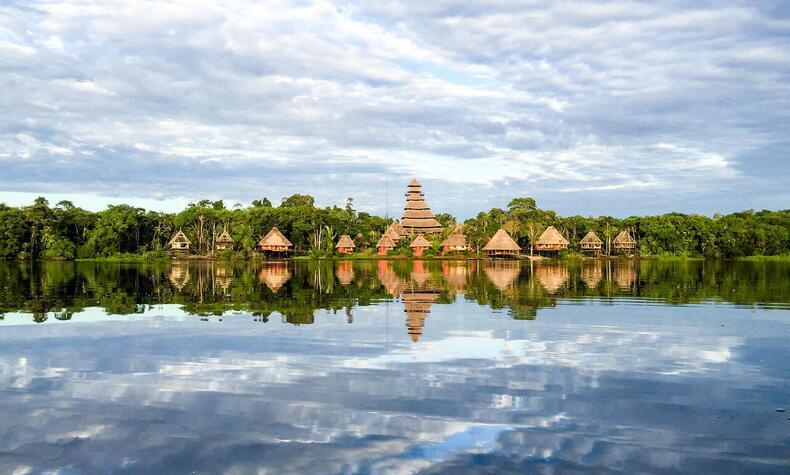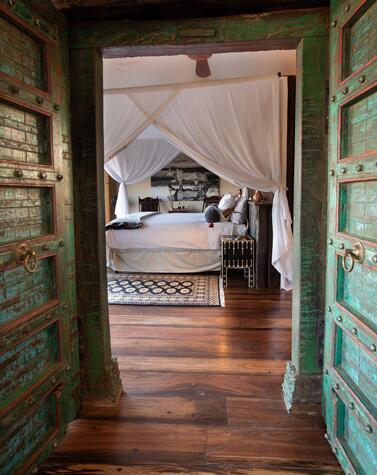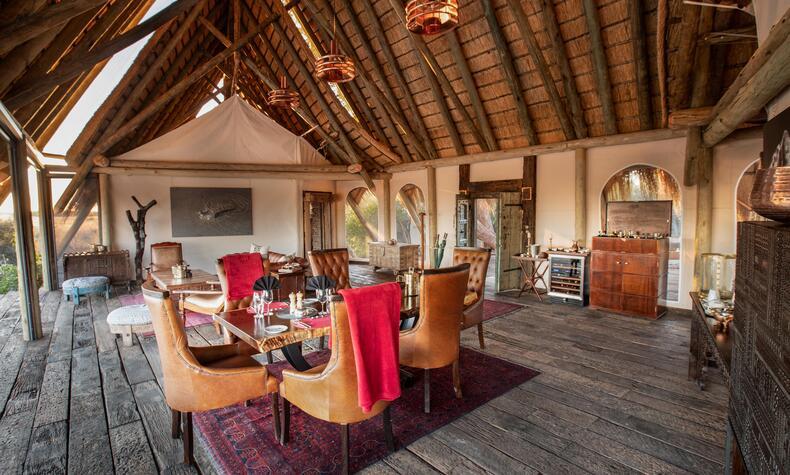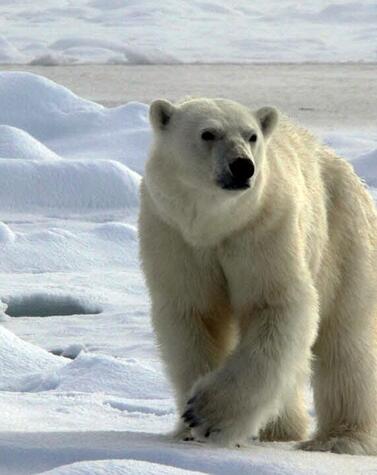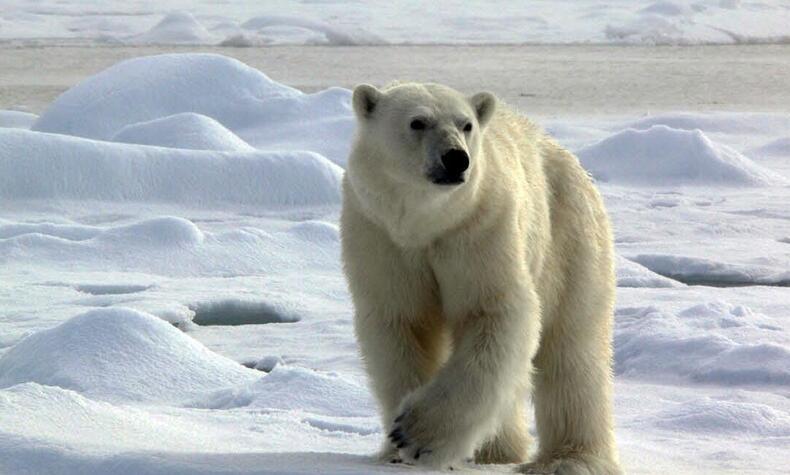Louise Arner Boyd, an American lady to the rescue of Amundsen
When on May 25, 1928, Umberto Nobile's airship Italia crashed while flying over the North Pole, his competitor from the past, polar explorer Roald Amundsen didn't think twice and came to his rescue in a seaplane. Fate, improvisation, overloading, or all three at once caused the aircraft to crash and Amundsen disappeared somewhere in the icy Barents Sea.
Numerous vessels set out to search for and rescue the celebrated explorer, including the Hobby, which had been chartered by California traveler Louise Arner Boyd, who became the only woman to join Amundsen's search for the Arctic.
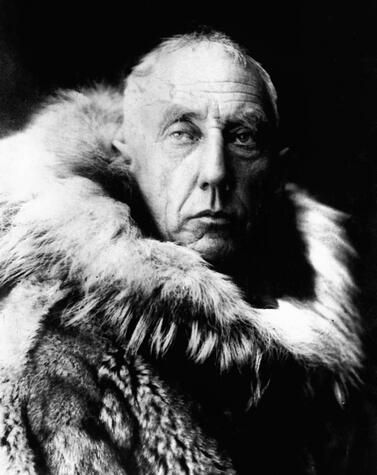
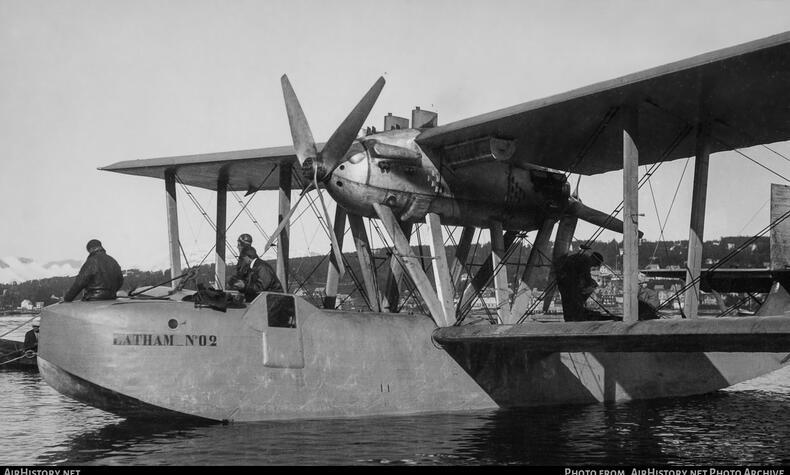
A passion for those polar lands was nothing new to Louise. A few years earlier she had made her first voyage north, sailing along the jagged shores of Spitsbergen in Norway, fulfilling her childhood dream of seeing the Arctic Ocean.
She began her rescue mission departing from the Tromsø pier and, despite sailing 10,000 miles across the Arctic Ocean, found no trace of Amundsen (whose remains were never located). However, the Norwegian government awarded her, in recognition of her exploit, the prestigious Chevalier Cross of the Order of Saint Olav, making her the first American woman to receive the honor.
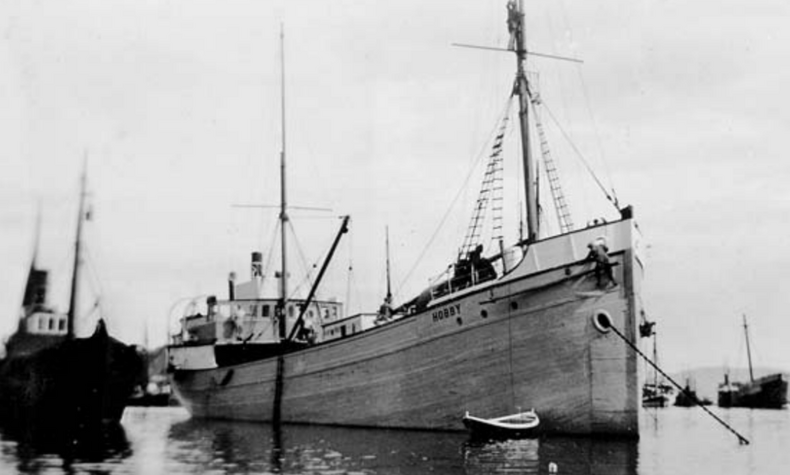
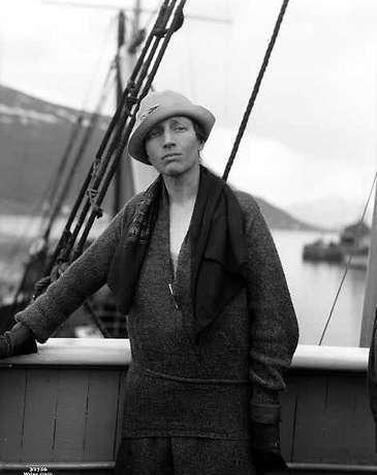
But who was this lady who financed and led seven Arctic expeditions between 1926 and 1955 and who was the first woman to fly over the North Pole?
Louise Arner Boyd was born into a Californian high society family and, in 1920, at the age of 32, she inherited the family fortune and decided to spend the money on what she was most passionate about, which was traveling.
She visited Norway for the first time in 1924 and in 1926 she made her first Arctic exploration cruise aboard the Hobby, a ship that had been used previously by Amundsen. That was the beginning of her particular love affair with the seas and lands of the North, which earned her the international nickname of the "Arctic Diana".
After her failed attempt to find and rescue Amundsen in 1928, Louise A. Boyd led several scientific expeditions to the coasts of Greenland, collecting and photographing hundreds of botanical species. These findings were published by the American Geographical Society and, in recognition of her work, an area near the De Geer Glacier was named after her.
After the outbreak of World War II, she was hired by the U.S. government to lead an expedition to the Arctic to obtain data on the transmission of radio waves in those regions.
Louise set sail in 1941, leading a scientific group of four men and a crew of eleven. Five months later she returned with interesting data and, for the rest of the war, worked as a spy on various secret missions for the U.S. military.
In 1955, Louise Arner Boyd became the first woman in the world to fly over the North Pole and her ship, S. Veslekari, was the first to sail in some regions of Greenland. The Californian explorer died in San Francisco in 1972.
